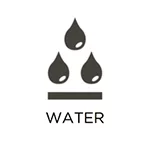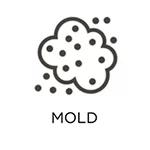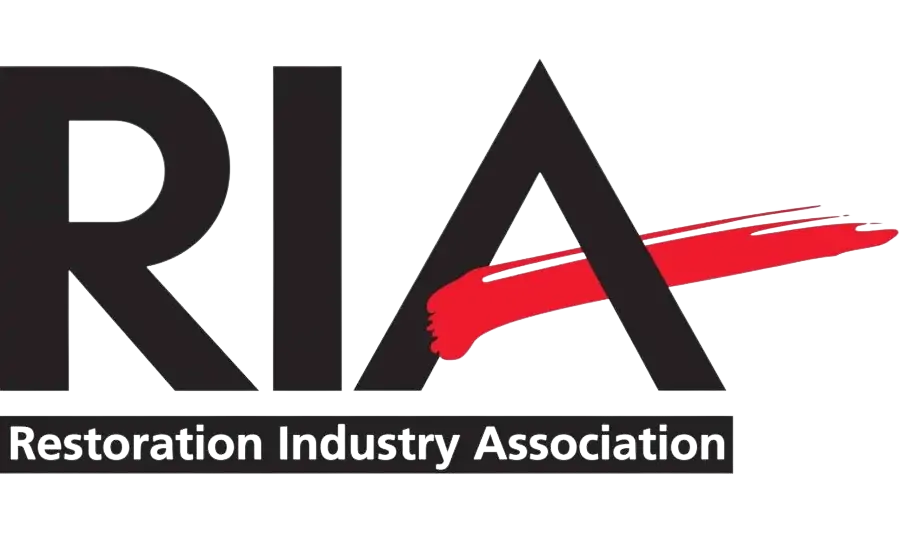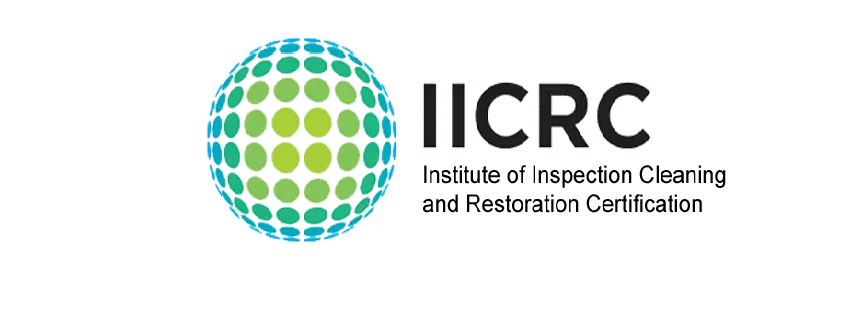RestorationMaster
Water damage is the most common form of property damage due to various causes. Heavy rainfall can flood a building and cause water damage, but internal problems like pipe leaks, pipe bursts, overflows, and sewage backups can result in water damage as well. Regardless of the source, immediate action is crucial to prevent further damage.
RestorationMaster provides water damage restoration services in Brick, NJ, to help homes recover after water damage. Using advanced equipment, our technicians will extract the excess water and moisture and take action to prevent mold growth and corrosion. We will fully repair the areas affected by water damage, restoring your property to its pre-damage condition.
24/7 Water Damage Restoration in Brick, NJ
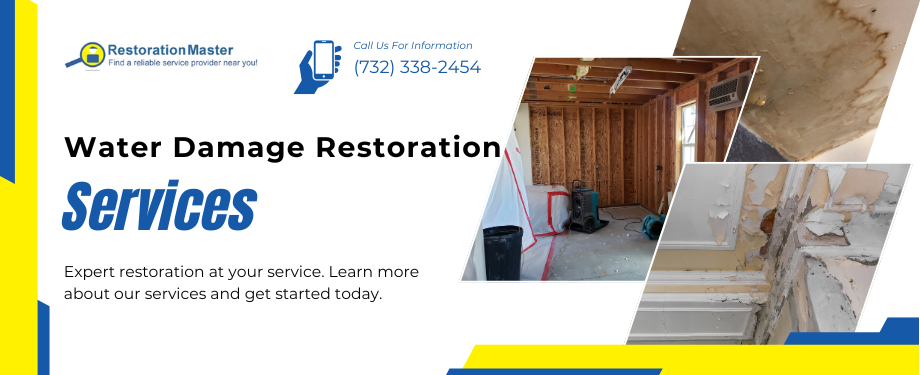
For professional and effective water damage restoration in Brick, NJ, contact RestorationMaster at (732) 338-2454.
What Damages Are Caused By Water?
When excess water is in a property, porous building materials will absorb the water. The water spreads through these materials and leads to damage, including discoloration, warping, swelling, and more. Without immediate action, the damage will worsen, spreading to new areas and increasing the potential for mold growth. If mold does grow, then it will result in its own damage while also presenting health concerns. Knowing this, excess water and moisture must be removed promptly by professionals to prevent further damage to the property structure.
Professional Water Extraction and Restoration
At RestorationMaster, our technicians have the necessary certifications and training to provide excellent water damage restoration in Brick, NJ. To do this, we use the industry’s best water extraction and drying equipment, ensuring your home is fully restored. We know how quickly water damage can cause extensive damage, which is why we are available 24/7 for emergency services.
Our water damage restoration services are broken down into the following phases:
- Initial Assessment: Our professional technicians will arrive at your property promptly to contain and assess the damage. During the assessment, we figure out what materials need to be replaced.
- Water Extraction: Using the best technology and methods in the industry, we will extract any standing water from your property. This allows us to repair the affected areas thoroughly, ensuring no moisture is left behind.
- Dehumidification and Drying: We will remove remaining moisture by using dehumidifiers, air scrubbers, and axial fans. These technologies will restore the humidity in your property to the standard level, while also removing any
- Water Damage Cleanup: Following the drying process, our technicians do a thorough cleaning of the damaged areas. This will prevent corrosion, mold growth, and other common water damage aftereffects. We may need to move furniture and carpeting to ensure proper cleaning, but we will return everything to its original place once cleaning is complete.
- Structural Repairs: If the water damage has caused your residential or commercial property to suffer structural damage, then we can make repairs after the drying and cleaning are done. We will completely restore damaged structural elements, such as drywall and flooring.
Contact Us 24/7 for Water Damage Restoration & Cleanup in Brick, NJ

If excess water has gotten into your home or building due to weather conditions or an internal factor, make sure you call our professionals before it spreads deeper into the building materials. We are here to help you by restoring your property to the best possible condition with our water damage repair services.
Our technicians at RestorationMaster provide effective water damage restoration services in Brick, NJ to remove excess water or moisture and protect your home or building from serious damage. You can call us any time, 24 hours a day at (732) 338-2454 for water damage emergencies.
Related Water Damage Restoration Services in NJ:
Water Removal in Ocean City and Egg Harbor Township, NJ
Flood Damage Repair in Toms River, NJ
Water Remediation in Manasquan, NJ
24/7 Water Damage Restoration in Hammonton, NJ
Flood Cleanup in Manahawkin, NJ
Water Restoration Company in Howell, NJ
Helpful Water Damage Repair and Prevention Information
The Dangers of Stagnant Water and How to Remove It
Removing stagnant water from your property is crucial to prevent further damage and to safeguard your home and health. Stagnant water can damage your property by promoting the growth of mold, deteriorating the foundation, and causing erosion. Addressing stagnant water promptly is essential to mitigate these dangers and maintain a safe and healthy environment for everyone. Let’s discuss the potential dangers of stagnant water and remedies to remove it.
How to Protect Your Basement from Rainwater Flooding
Protecting your basement from rainwater flooding is essential to protect your property and ensuring peace of mind. Rainwater damage can lead to extensive damage, compromising the stability of your property and causing costly repairs. By implementing preventative measures, individuals can minimize the impact of rainwater to their basement and keep a dry environment. Now, let’s explore strategies for protecting your property from rainwater flooding.
How to Find Water Leaks Behind Your Walls
It is important to maintain proper maintenance of your property to ensure structural integrity and safety. Neglecting to address these issues can result in substantial property damage and the growth of mold. There are various indicators that can help identify a potential water leak in your home. Recognizing the indications of water leaks is crucial, and immediate action should be taken to prevent potential damage.
Brick, New Jersey – Water Damage FAQs
What should I do first if my home or business has water damage?
If you experience water damage, the first step is to stop the source of water if possible. Then, contact a professional water damage restoration company immediately to begin water extraction and drying. Acting quickly helps prevent mold growth and structural damage.
How long does water damage restoration take?
The timeline depends on the severity of the damage, the amount of water involved, and how quickly cleanup begins. Minor water damage may take 2–3 days to dry, while extensive flooding or structural damage can take a week or longer.
Does insurance cover water damage restoration?
In many cases, yes. Most homeowner’s insurance policies cover water damage that occurs suddenly, such as from burst pipes, appliance leaks, or storms. However, gradual damage or flooding from outside sources may not be covered. It’s important to check with your insurance provider.
What’s the difference between water mitigation and water damage restoration?
Water mitigation refers to the immediate steps taken to minimize damage, such as water extraction, drying, and dehumidification. Water damage restoration includes the full process of repairing and restoring the property to its pre-loss condition, including structural repairs and mold remediation.
{
"@context": "https://schema.org",
"@type": "FAQPage",
"mainEntity": [{
"@type": "Question",
"name": "What should I do first if my home or business has water damage?",
"acceptedAnswer": {
"@type": "Answer",
"text": "If you experience water damage, the first step is to stop the source of water if possible. Then, contact a professional water damage restoration company immediately to begin water extraction and drying. Acting quickly helps prevent mold growth and structural damage."
}
},{
"@type": "Question",
"name": "How long does water damage restoration take?",
"acceptedAnswer": {
"@type": "Answer",
"text": "The timeline depends on the severity of the damage, the amount of water involved, and how quickly cleanup begins. Minor water damage may take 2–3 days to dry, while extensive flooding or structural damage can take a week or longer."
}
},{
"@type": "Question",
"name": "Does insurance cover water damage restoration?",
"acceptedAnswer": {
"@type": "Answer",
"text": "In many cases, yes. Most homeowner’s insurance policies cover water damage that occurs suddenly, such as from burst pipes, appliance leaks, or storms. However, gradual damage or flooding from outside sources may not be covered. It’s important to check with your insurance provider."
}
},{
"@type": "Question",
"name": "What’s the difference between water mitigation and water damage restoration?",
"acceptedAnswer": {
"@type": "Answer",
"text": "Water mitigation refers to the immediate steps taken to minimize damage, such as water extraction, drying, and dehumidification. Water damage restoration includes the full process of repairing and restoring the property to its pre-loss condition, including structural repairs and mold remediation."
}
}]
}
Recent Reviews
Mike W.

"We use RestorationMaster for all our damage restoration needs. They always answer the call, are very understanding and professional in challenging situations. Their team gets it done timely and keeps the work area safe and clean. Bottom line is they care about you and helping you restore your home or property back to is original condition."
Gary R.

"Absolute the best at what they do. Extremely well trained and professional and prompted. They dried out my finished basement after rain water got in from Bilco doors. They saved everything in my basement so nothing was needed. They cleaned and dried the carpets and they are fresh and clean now..awesome equipment they use. Please do not hesitate to use them. People that do what they say they will do know what they are doing are hard to find these days."
Mike C.

“The work was highly professional. The team cared to do the work properly and as quickly as possible. The team manager made himself available to me and provide excellent advice and guidance.”
Dale O.

“We came home one day to find our kitchen floor buckling. Unbeknownst to us, a refrigerator water line had burst and was leaking under our floors. Adam came to the house and had a crew at our house within 24 hours to mitigate the damage. Everyone who came was courteous and professional, communicated well with us and did a fantastic job! RestorationMaster handled everything with our insurance and made a difficult time so much easier! Highly recommend! ”


